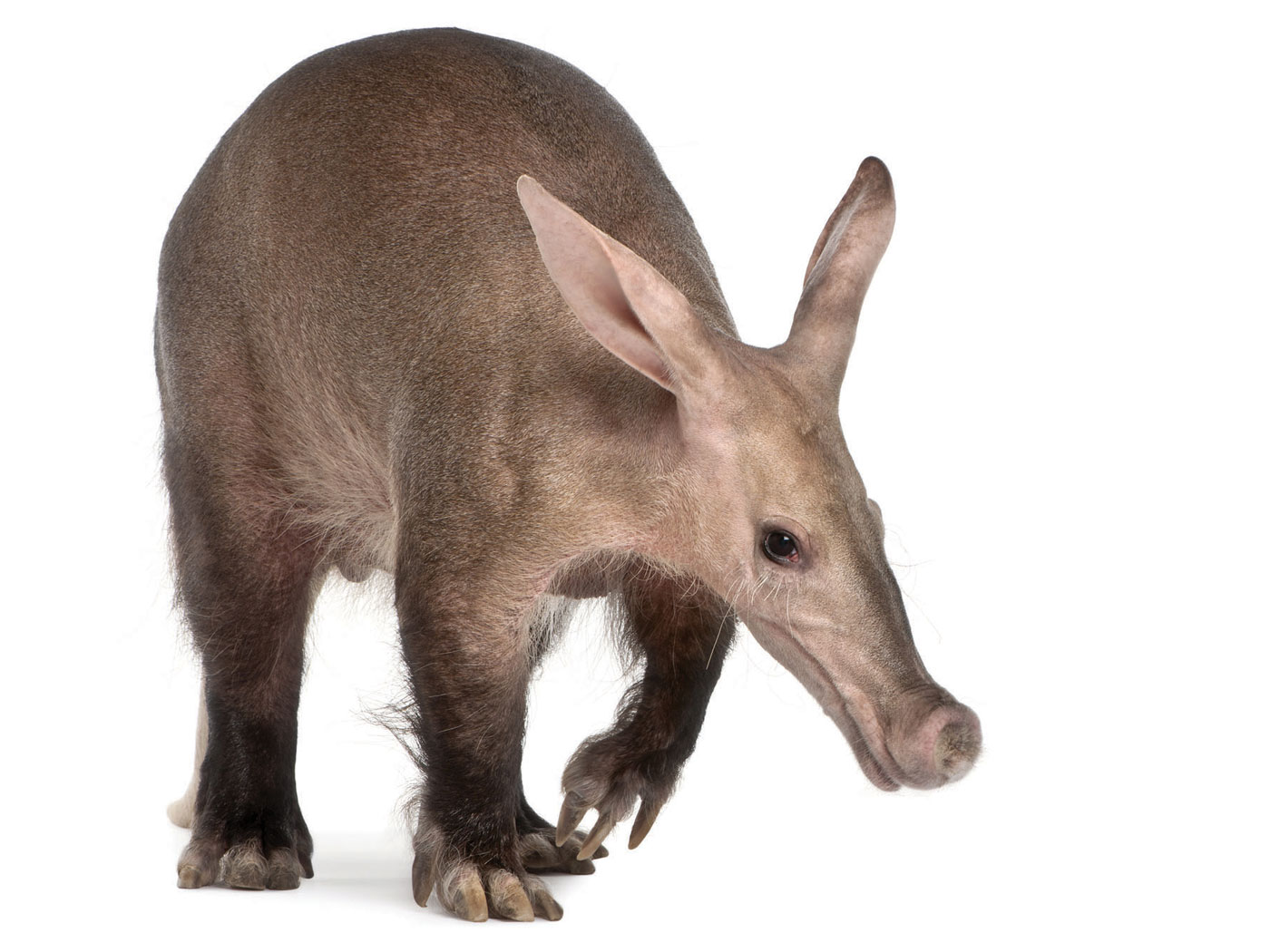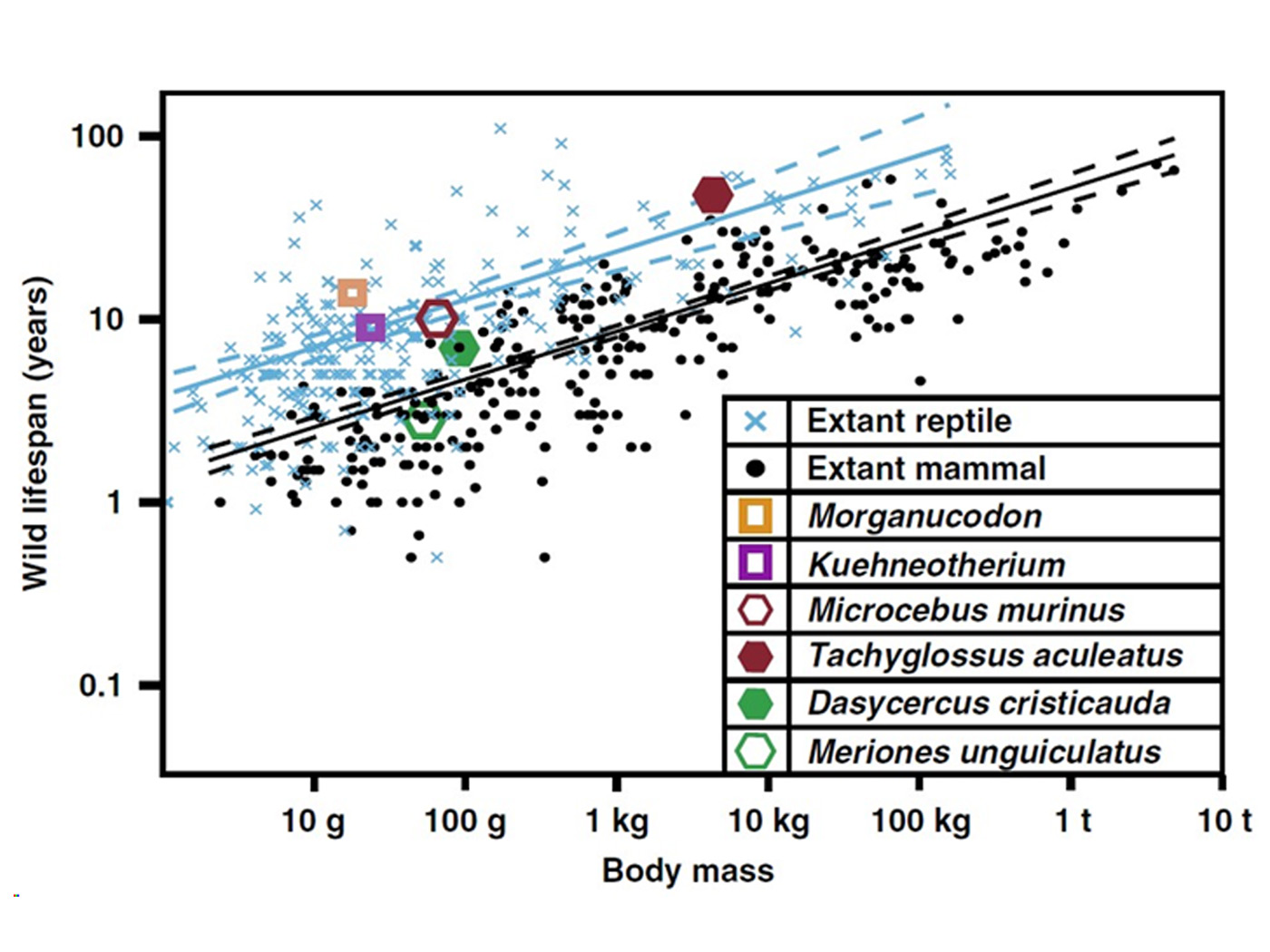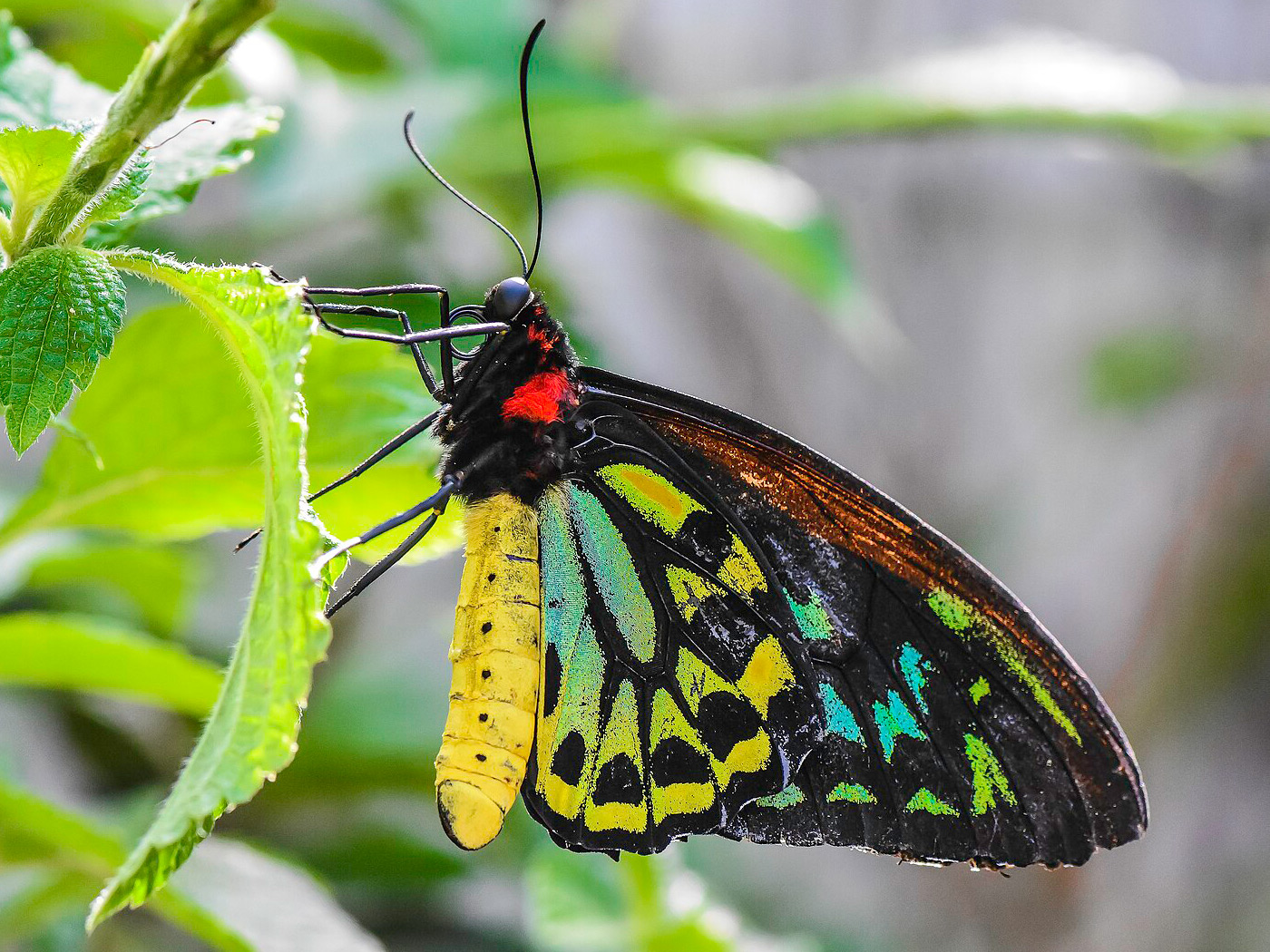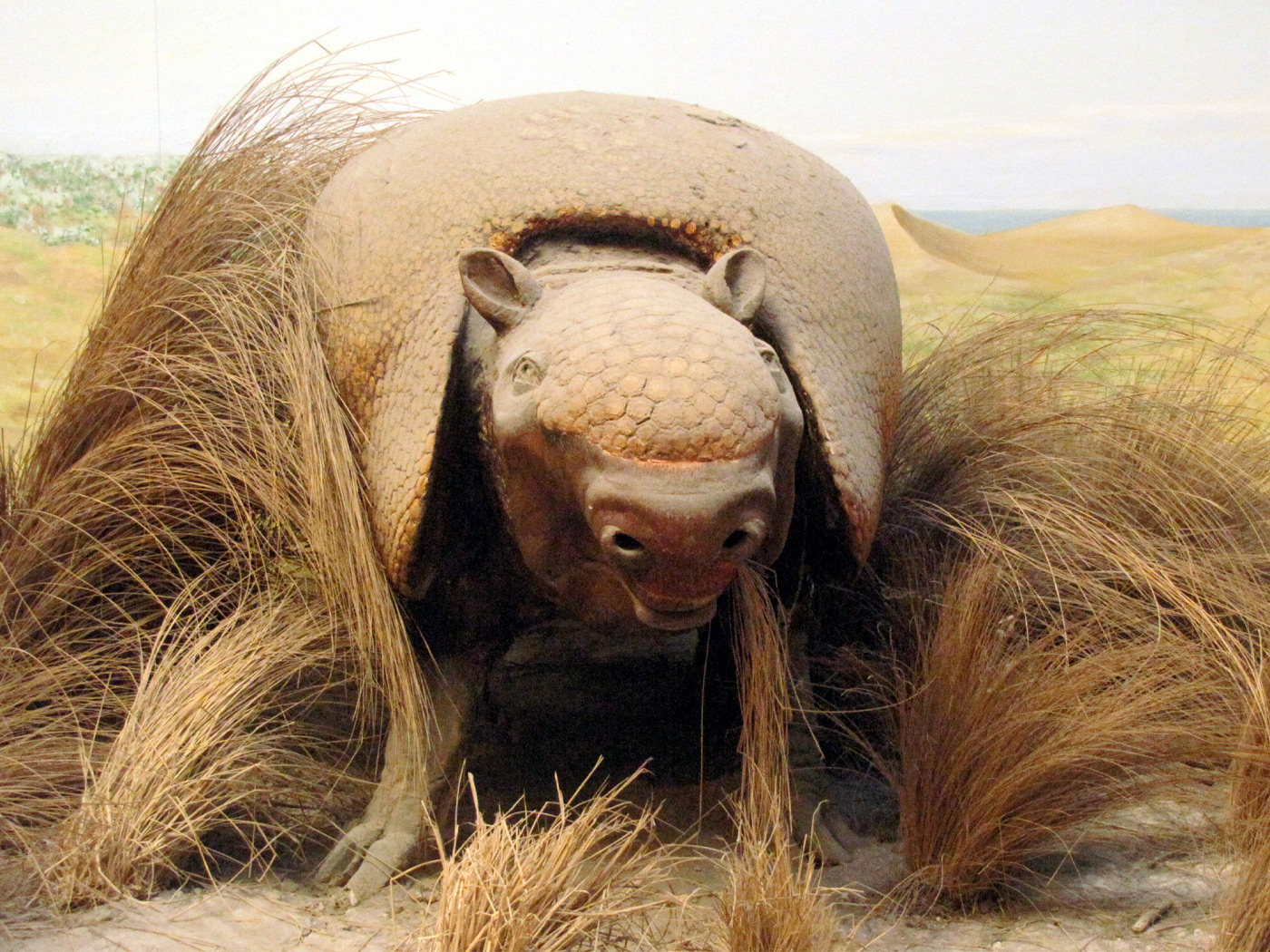Evolutionists have insisted that man was not created in God's image, but instead is related to the sponge.1 An equally unflattering pronouncement of human origins was made nine years ago by two Darwinists: "There is but one tree of life, one universal phylogeny [evolution] that connects humans, onions, mushrooms, slime molds and bacteria."2
In 2003, evolutionist Werner Müller discussed this strange sponge/human relationship in a paper addressing the complexity of metazoans (members of an animal subkingdom that includes people).3 Figure 1 of Mueller's paper shows "hypothetical steps towards the evolution to the Urmetazoa with the Porifera [sponges] as the next closest taxon." Thus, imaginary steps led to the unobserved appearance of an unknown or imaginary ancestor (Urmetazoa). Empirical science in this area is supposed to be conducted by finding and classifying sponges from the fossil record or living world. Holding up a sponge as "our ancestor" must be based on philosophical convictions, because there is no true science involved.
Müller stated, "The facts compiled also imply that the ancestor of all metazoans was a sponge-like organism." Six years later, an international research group found in a "most comprehensive study" and "with a high degree of confidence" that the sponge "was not the ancestor of all other animals."4 Even under the wrong paradigm, some evolutionists are getting certain pieces right when they follow the evidence where it leads. Led by researchers at the Ludwig-Maximilians-Universität München, the study found "that humans did not descend from a sponge-like organism." It also suggested that "the nervous system only evolved once in animal history."4 Creation scientists would clarify that human and animal nervous systems were created once during the six-day creation week just thousands of years ago.
The LMU researchers also reported a recurring conundrum that plagues all evolutionary "trees": Darwinian interpretations based on fossils give different results than those based on molecules like protein and DNA.5
The exact relationships among these early animal groups are still controversial, as different research groups have often obtained conflicting results. In particular, results from morphological studies, which look for structural similarities between different organisms, frequently contradict the results from molecular biological studies.4
British evolutionist Peter Forey said the molecular evidence is "fraught with difficulties of interpretation."6 It is difficult--if not impossible--for secular scientists to decide which evolutionary tree to use when fossils and the molecular evidence disagree. This problem arises because these creatures did not evolve from one into another, but were instead created as distinct kinds.
Bilaterians are creatures with bilateral symmetry, which excludes sponges, jellyfish, and sea stars. Interestingly, the LMU report also stated, "And yet, another recent and less comprehensive study concerning the non-bilaterians proposed the unorthodox hypothesis that the comb jellies had already diverged from all other species even before the sponges."4 This "unorthodox hypothesis" actually makes perfect sense in the creation science model. Comb jellies, in the phylum Ctenophora, are unique and set apart--having been created that way.
Where did the early protochordates come from? In 2006, four evolutionists had a fancy way of admitting they did not know: "Despite their critical importance for understanding the origins of vertebrates, phylogenetic studies of chordate relationships have provided equivocal results."7 Today, conflicting secular stories compete over vertebrate origins. Since there is no evolutionary pattern inherent in any biological information, Genesis must be accurate. God created kinds to reproduce after their own kinds. We can trust our origin (and destiny) to the One who was there "in the beginning."
References
- Holmes, B. 2009. Sponge larvae: Your unlikely ancestors. New Scientist. 2706: 39.
- Graur, D. & W.-H. Li. 2000. Fundamentals of Molecular Evolution. Sunderland, MA: Sinauer Associates, Inc., 237.
- Müller, W. E. G. 2003. The Origin of Metazoan Complexity: Porifera as Integrated Animals. Integrative and Comparative Biology. 43 (1):3-10.
- Early family ties: No sponge in human family tree. Ludwig-Maximilians-Universität München press release, April 2, 2009, reporting research published in Hervé, P. et al. 2009. Phylogenomics Revives Traditional Views on Deep Animal Relationships. Current Biology. 19 (8): 706-712.
- Gura, T. 2000. Bones, molecules...or both? Nature. 406 (6793): 231.
- Forey, P. 2003. Reviews. Journal of Paleontology. 77 (1): 199.
- Delsuc, F. et al. 2006. Tunicates and not cephalochordates are the closest living relatives of vertebrates. Nature. 439 (7079): 923
* Mr. Sherwin is Senior Science Lecturer at the Institute for Creation Research.
Cite this article: Sherwin, F. 2009. Surprising Discovery: Sponges and Man Are Not Related! Acts & Facts. 38 (7): 16.





















